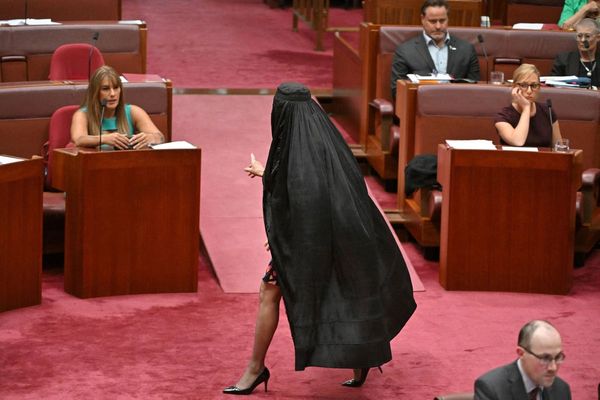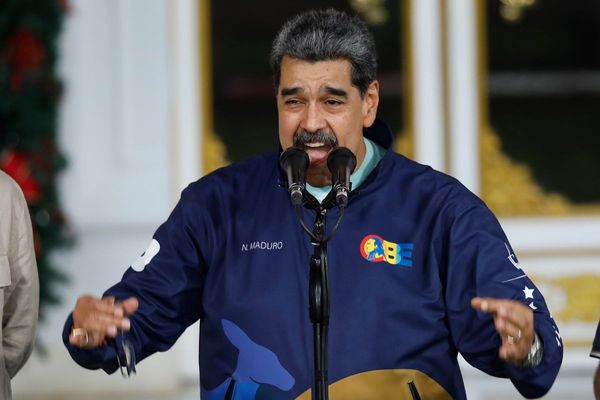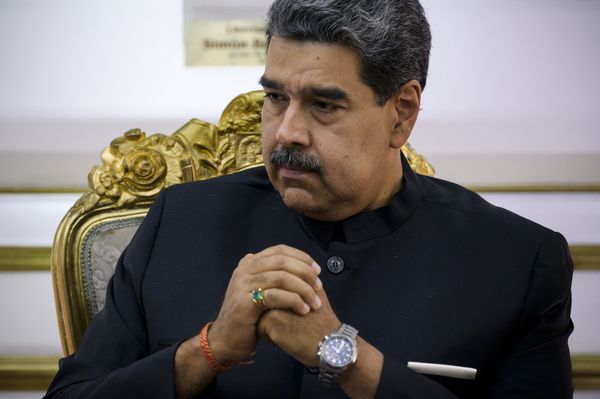
The US will provide Ukraine with intelligence on long-range energy infrastructure targets deep inside Russia, according to several media reports, a move that would signal a significant shift in White House support for Kyiv.
The decision would be the first example of a change in policy by Donald Trump since his comments on social media towards the end of September that Ukraine could win back all of the territory occupied by Russia.
The Wall Street Journal and Reuters, citing unnamed US sources, reported that the policy had quietly changed before that statement and that the White House wanted Nato allies to follow suit.
However, it is unclear when the Trump administration plans to supply new information to Kyiv, and the leak could be a ploy to put pressure on Vladimir Putin to negotiate a ceasefire as Trump grows impatient with Russia’s continued attacks on Ukrainian cities.
No decision has been made on whether the US will supply Tomahawk cruise missiles to Ukraine. Earlier this week the US vice-president, JD Vance, said Trump was considering a request from Kyiv for the missiles, which have a range of 1,500 miles.
Western and particularly US intelligence in the form of satellite imagery and other monitoring data is considered a significant help in permitting the accurate targeting of facilities deep inside Russia’s borders.
A focus on energy targets such as oil refineries would allow Ukraine to extend an already successful campaign that has hit 21 out of 38 refineries with long-range drone strikes. That has led to fuel shortages in parts of Russia. On some days it has been estimated that daily production is down by fifth.
Russia said nothing had changed. Dmitry Peskov, the Kremlin spokesperson, said: “The US transmits intelligence to Ukraine on a regular basis online. The supply and use of the entire infrastructure of Nato and the US to collect and transfer intelligence to Ukrainians is obvious.”
Peskov warned the White House that the delivery of Tomahawk cruise missiles would mark a “a new serious round of tension that will require an adequate response from the Russian side”, though he said there was “no magic weapon for the Kyiv regime” that could win the war.
Putin said in a televised speech on Thursday that he was seeking a full restoration of relations with the US and he blamed Europe instead for exacerbating the conflict in Ukraine. Putin said Russia was observing Europe’s “militarisation” and he vowed there would be a “significant” response if Russia’s sovereignty was violated.
Trump has become increasingly irritated with Putin over the past month as Moscow has stepped up its attacks on Ukrainian cities and failed to soften its demands for more territory as a precursor for negotiations.
After meeting Volodymyr Zelenskyy in New York last week, Trump posted on social media that Kyiv could win the war, arguing that Russia faced increasing economic difficulties.
“After getting to know and fully understand the Ukraine/Russia Military and Economic situation and, after seeing the Economic trouble it is causing Russia, I think Ukraine, with the support of the European Union, is in a position to fight and WIN all of Ukraine back in its original form,” he wrote.
However, Trump’s attitude to intelligence sharing with Kyiv, ultimately a matter of presidential decision-making, has changed periodically since he arrived in the White House, depending who he was favouring in the Russia-Ukraine war.
The US and Russia have regularly gone through rounds of tension over the supply of weapons and intelligence to Kyiv. Last September Putin warned that Russia could use a nuclear weapon in retaliation if it was struck with a massive launch of missiles, aircraft or drones.
Shortly after Trump had a row with Zelenskyy in the White House at the end of February, the US paused all intelligence sharing with Kyiv for a week in March. Ukraine took rapid losses on the battlefield in Russia’s Kursk region before Trump relented after pressure from western allies.







